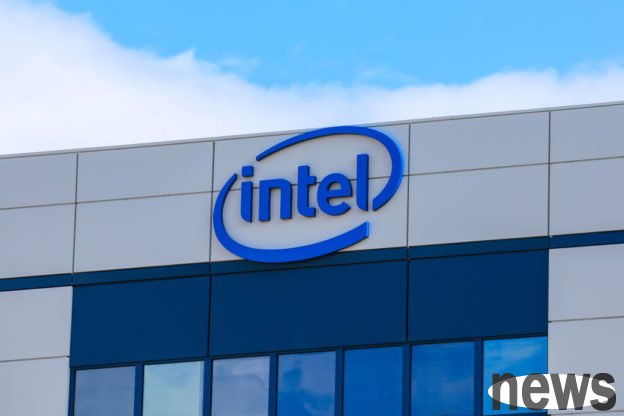
Recently, Intel revealed more details about Panther Lake at its own Intel Tech Tour. In addition to the CPU with its latest 18A process, the internal graphics unit with the most advanced Xe 3 architecture in the entire graphics card industry is also a highlight.
Not only that, Intel also released the third generation of its own frame-raising technology XeSS simultaneously. The most eye-catching one is the XeSS-MFG (Multi-Frame Generation) multi-frame generation technology similar to NVIDIA DLSS 4's MFG. This also makes Intel the second manufacturer on the market to have multi-frame generation technology after NVIDIA. Will AMD's internal display be in big trouble because of this?
(Source: Screenshot of the video, the same below)
Although Intel is still at a disadvantage in the independent graphics card market, its internal graphics have benefited from a higher CPU market share, coupled with the replacement of ARC internal graphics since Meteor Lake, it has slowly caught up with AMD. Later, Lunar Lake even competed with AMD's Strix Point or Z2 with its Xe 2 architecture internal display. However, AMD's internal graphics benefit from more mature drivers and richer gaming experience enhancement technologies such as (FSR or AFMF). Most outsiders still believe that AMD's internal graphics are better than Intel's. This can be seen from the current share of the two companies in the e-sports handheld market.
(Source: Intel)
Multi-frame generation technology is not a panacea, but it still has its strengthsHowever, this situation is likely to be completely reversed after Intel launches XeSS 3. Unlike AMD, which only allows desktop GPUs such as RX 9000 to support its latest FSR 4, XeSS 3 can support any ARC GPU with XMX units. This also means that XeSS 3 can also support Lunar Lake's internal graphics and the Xe 3 architecture internal graphics that will be unveiled with Panther Lake, becoming the only internal graphics in the entire GPU market that supports multi-frame generation technology.
Although the multi-frame generation technology was initially scolded by the market due to NVIDIA's over-hyping, over time, the market has gradually understood that although it is not a panacea, it can indeed greatly improve the smoothness of the game screen. In addition, users who use internal graphics for entertainment either do not have high graphics performance requirements or use handheld consoles with smaller screens as their main gaming tools. Therefore, XeSS 3 can greatly improve the entertainment experience of these groups, and it will also cause big trouble for AMD's currently seemingly stable internal graphics.
So AMD can only watch Intel push the internal graphics performance to the point where it can kill itself in the Panther Lake era? FSR 4 is limited by the use of machine learning to increase frames or generate additional game frames, which requires a GPU with the RDNA 4 architecture to support it. This also means that even its current highest specification 890M internal display (RDNA 3.5) cannot support it. I am afraid that we will not see FSR 4 on the internal display until the Zen 6 era. If XeSS 3 can be launched as scheduled, Intel will have a good chance of changing the situation in the internal display market in one fell swoop, which will also help it conquer the e-sports handheld and even home console markets.
Further reading: Panther Lake is gradually emerging. Can Intel make a desperate counterattack? Qualcomm FaGe’s flagship chips are here, is the Apple Silicon myth no longer there? Continued discussion of NVIDIA’s investment in Intel: Is AMD in big trouble? Let’s talk about NVIDIA’s investment in Intel: Is N1X still available? A brief discussion on NVIDIA’s investment in Intel: Don’t forget Kaby Lake-G